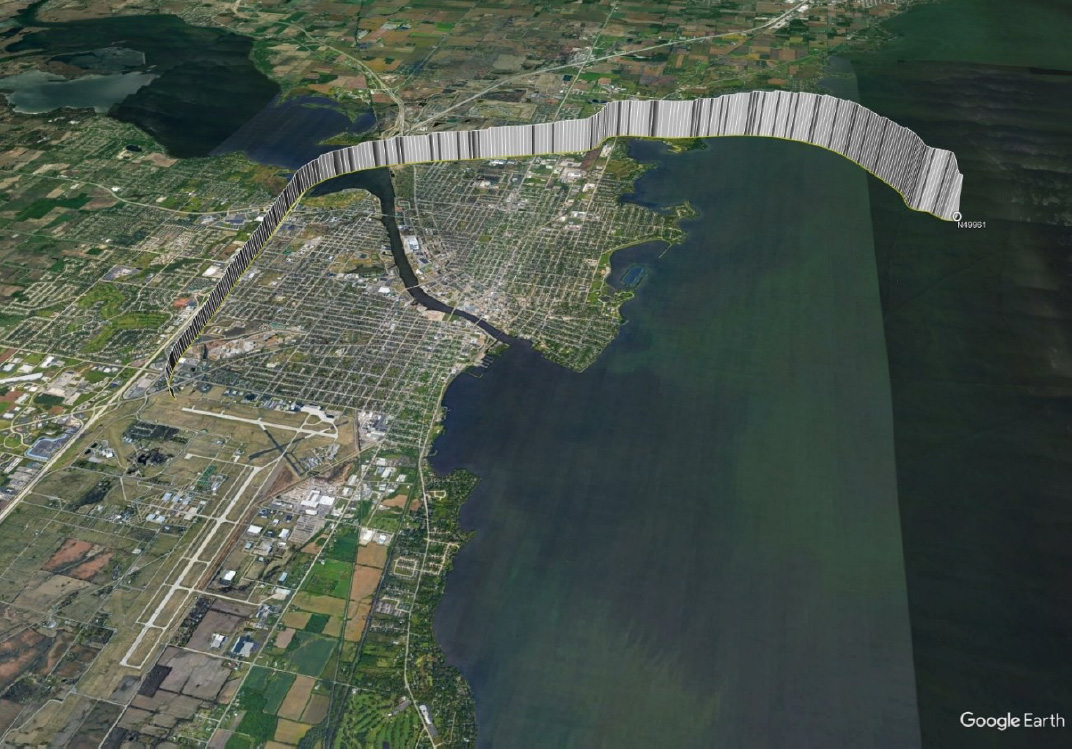NTSB reports on fatal accidents during EAA AirVenture
A preliminary report from the NTSB shows exactly where a homebuilt helicopter collided with a gyroplane as both attempted to land on the turf runway used by ultralights and helicopters at EAA AirVenture Oshkosh in Wisconsin on July 29. Another report includes the ADS-B track of the North American AT–6D Texan that descended “rapidly” into Lake Winnebago hours before.

Four people died in the two accidents, including Devyn Reiley, 30, the pilot of the vintage warbird that departed Wittman Regional Airport just before 9 a.m. Central time with Zach Collie Moreno, 20, a Commemorative Air Force member and aspiring aviation mechanic, in the second seat.
Another preliminary report offers details on the midair collision of a Rotorway 162F helicopter and an ELA Eclipse 10 gyroplane at 12:27 p.m. The NTSB’s description of the moments leading up to the accident was drawn from eyewitness accounts, video, and evidence examined by investigators. The preliminary report notes that the helicopter pilot and passenger—who were identified by Experimental Aircraft Association officials the following day as Mark Peterson, 69, of Foley, Alabama, and Thomas Volz, 72, of Amelia, Ohio—were both killed, while the two occupants of the gyroplane (who have not been named by authorities) suffered serious injuries when their falling aircraft struck another aircraft that was parked on the ground and unoccupied.
According to the report, the helicopter was following the gyroplane as both approached the runway from the south on the base leg. The gyroplane executed a left 360-degree turn “and impacted the left side of the helicopter…Both aircraft descended in a near vertical attitude towards the terrain with debris separating from both aircraft,” the report states. “The helicopter impacted the terrain, came to rest inverted, and a postaccident fire ensued.”
The gyroplane came to rest on top of a Mooney M20F (based on photographs contained in the report) that was parked between the north-south paved road and Runway 36L. No one on the ground was hurt.
Investigators found no evidence of preexisting mechanical failure or malfunction of either aircraft.




